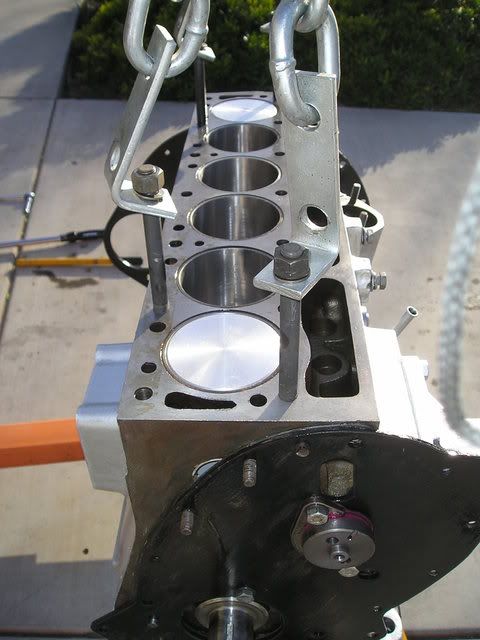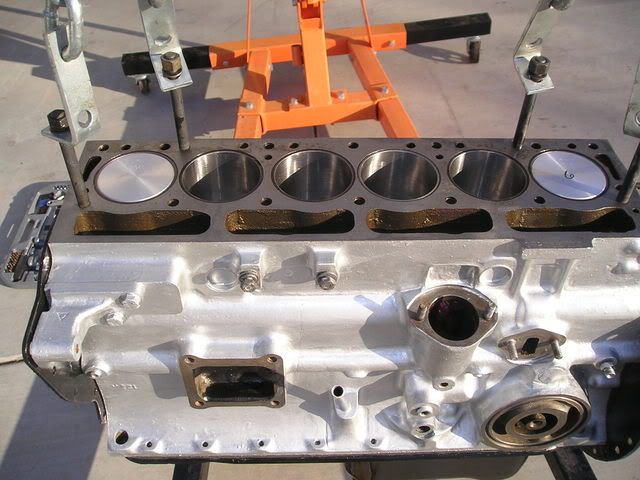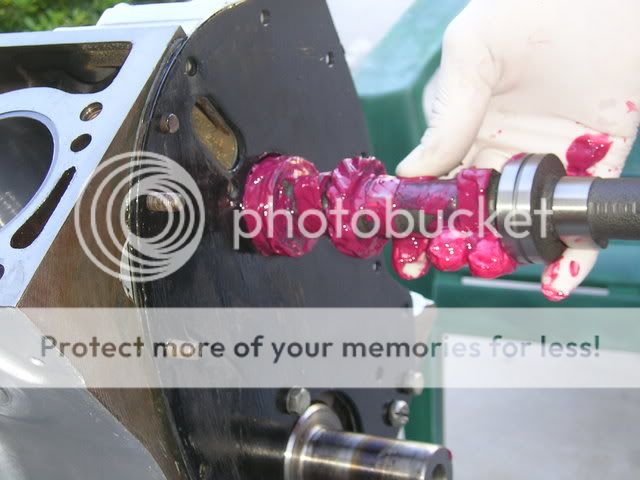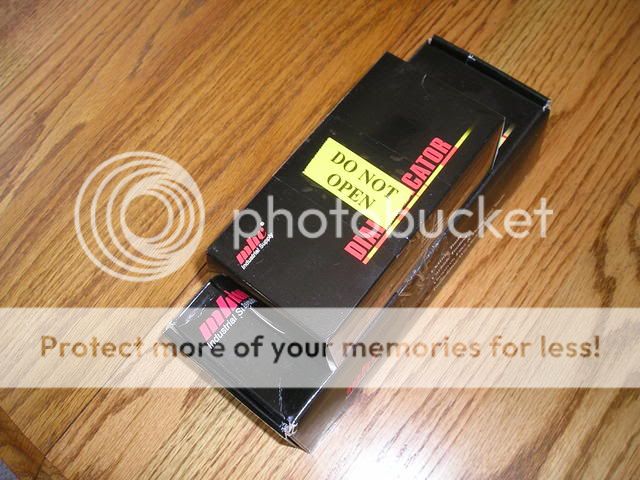2wrench
Luke Skywalker
Offline
Well, Dale, you asked to see the number one cylinder
at top dead center, so here she is.

Notice that number six moves in unison with number one,

And referring back to the first photo, the bolts that hold
the cam in I tightened to about2 20+ pounds. Because the
cam would not turn, I backed them off until the cam would
turn, but they were still snugged down.
Can somebody confirm that this is correct? They certainly
do not seem to be very tight at all, but the cam binds and
stops if I go tighter.
Thanks,
at top dead center, so here she is.

Notice that number six moves in unison with number one,

And referring back to the first photo, the bolts that hold
the cam in I tightened to about2 20+ pounds. Because the
cam would not turn, I backed them off until the cam would
turn, but they were still snugged down.
Can somebody confirm that this is correct? They certainly
do not seem to be very tight at all, but the cam binds and
stops if I go tighter.
Thanks,

 Hey there Guest!
Hey there Guest!
 smilie in place of the real @
smilie in place of the real @
 Pretty Please - add it to our Events forum(s) and add to the calendar! >>
Pretty Please - add it to our Events forum(s) and add to the calendar! >> 



 A friendly reminder - be careful what links you click on here. If a link is posted by someone you don't know, or the URL looks fishy, DON'T CLICK. Spammers sometimes post links that lead to sites that can infect your computer, so be mindful what you click.
A friendly reminder - be careful what links you click on here. If a link is posted by someone you don't know, or the URL looks fishy, DON'T CLICK. Spammers sometimes post links that lead to sites that can infect your computer, so be mindful what you click.